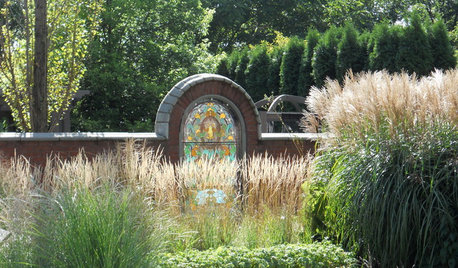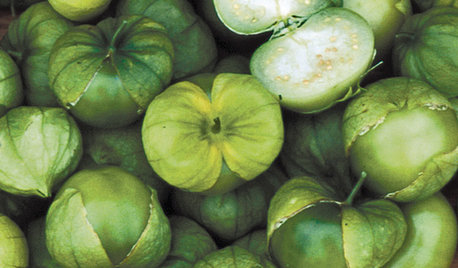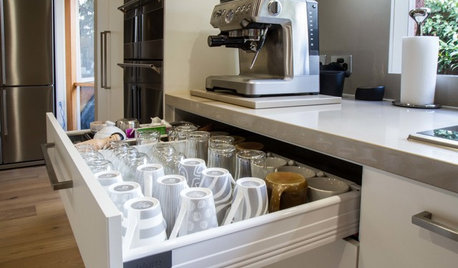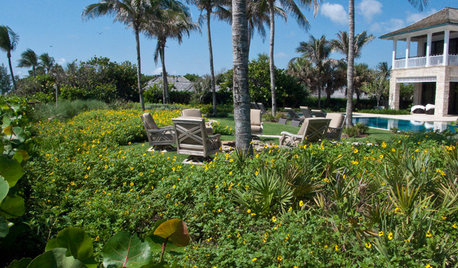How many stems on your indeterminate tomatoes ?
robinava
10 years ago
Related Stories

EDIBLE GARDENSSummer Crops: How to Grow Tomatoes
Plant tomato seedlings in spring for one of the best tastes of summer, fresh from your backyard
Full Story
GARDENING GUIDESSmall Carpenter Bees Are Looking for a Home in Your Plant Stems
Provide flowers and nesting sites in your garden for this beautiful, tiny, metallic blue wild bee — your plants will thank you
Full Story
LIFEKitchen Traditions: Tomato Season Meets a Family Legacy
Somewhere a Sicilian great-great-grandmother is smiling at a bowl of American-made sauce
Full Story
GARDENING GUIDESCalifornia Gardener's June Checklist
Update your hydrangeas, catch up on tomatoes and more ways to enjoy your California garden in June
Full Story
GARDENING GUIDESNortheast Gardener's September Checklist
Pluck those tomatoes, enjoy ever-changing grasses and get an eyeful of exuberant zinnias
Full Story
SUMMER FRUITS AND VEGETABLESSummer Crops: How to Grow Tomatillos
Grow this Mexican native for the freshest salsa verde — and for fewer problems than its tomato cousins
Full Story0

KITCHEN STORAGEPulling Power: Clever Drawer Tactics for a Kitchen
It’s not how many drawers you have in your kitchen; it’s how they work for you
Full Story
COASTAL STYLEHow to Make Your Oceanfront Garden Thrive
You may love the beach, but many plants don't. Learn which ones are best for your warm-weather oceanside garden getaway
Full Story
GARDENING GUIDES15 Native Flowers That Feed Native Bees
These perennials offer superfood to hundreds of bees and are gorgeous in their own right
Full Story
CALIFORNIA GARDENINGCalifornia Gardener's May Checklist
Only one major chore but a plethora of planting possibilities means a delightful month in California gardens
Full StoryMore Discussions







seysonn
missingtheobvious
Related Professionals
Baltimore Landscape Architects & Landscape Designers · Horsham Landscape Architects & Landscape Designers · Panama City Landscape Architects & Landscape Designers · Mastic Beach Landscape Contractors · Weslaco Landscape Contractors · Lakeside General Contractors · Markham General Contractors · Mount Laurel General Contractors · Rocky Point General Contractors · Syosset General Contractors · Dent Stone, Pavers & Concrete · Arlington Heights Decks, Patios & Outdoor Enclosures · Mobile Decks, Patios & Outdoor Enclosures · Redmond Decks, Patios & Outdoor Enclosures · Royal Oak Decks, Patios & Outdoor Enclosuresdigdirt2
lubadub
robinavaOriginal Author
seysonn
digdirt2
robinavaOriginal Author
hoosier40 6a Southern IN
yardenman
seysonn
claydirt
robinavaOriginal Author
hoosier40 6a Southern IN
ddsack
robinavaOriginal Author
robinavaOriginal Author
ddsack
robinavaOriginal Author
ddsack
seysonn